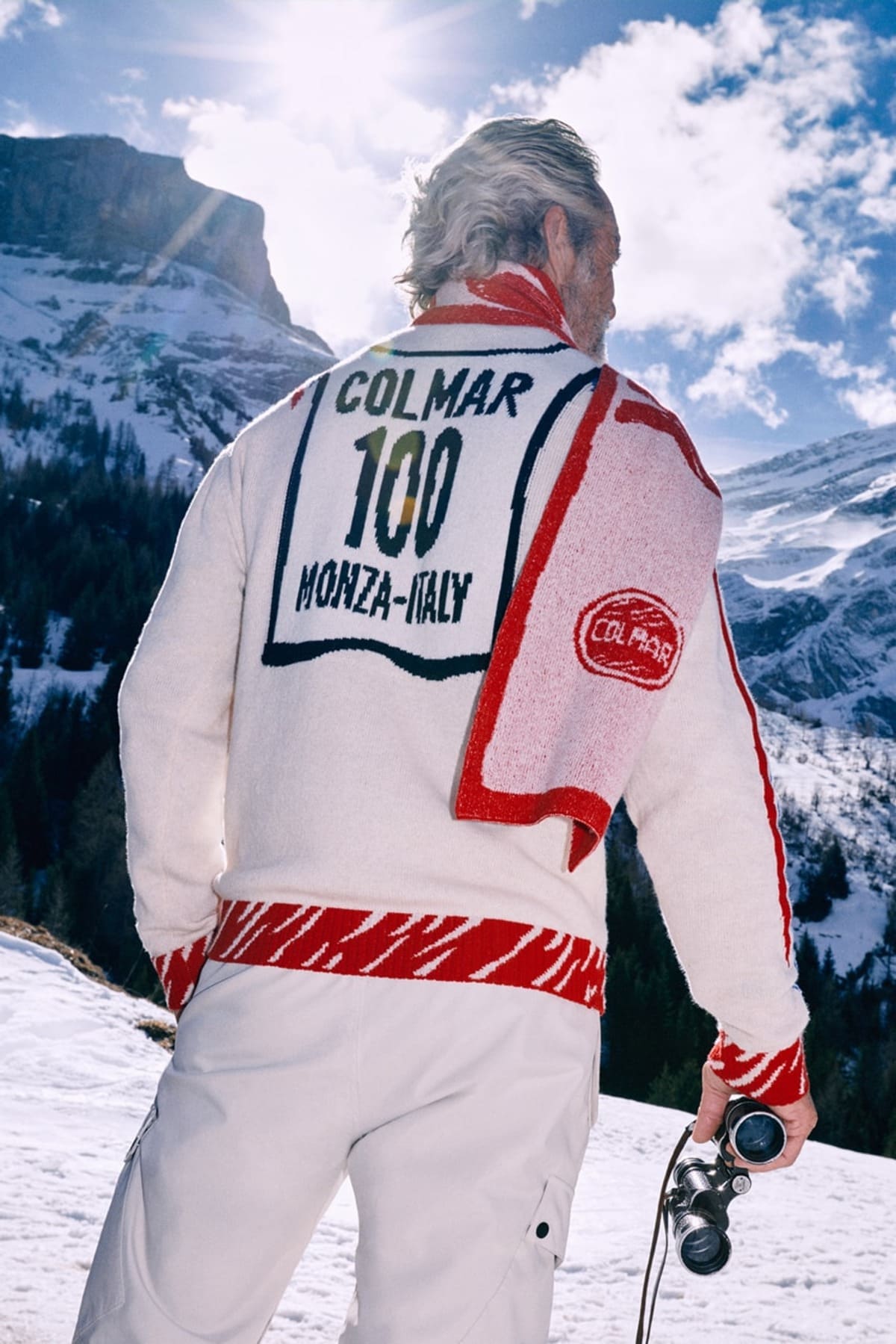Founded in Monza in 1923 by Mario Colombo, Colmar has established itself as a premier brand in the world of sportswear, especially ski clothing. The name “Colmar” cleverly combines the first three letters of Colombo’s surname and the first three letters of his name, chosen through a vote among friends in a Monza pastry shop. Initially, the company focused on producing hats and gaiters in wool felt before transitioning to work clothes. In the post-war era, as sports began to thrive, Colmar found its niche in sportswear, particularly ski apparel, thanks to the visionary leadership of Mario’s sons, Giancarlo and Angelo.
The collaboration with the Italian Winter Sports Federation was pivotal in Colmar’s rise to prominence. In 1952, Colmar was tasked with outfitting the Italian ski team for the Olympics, marking the beginning of its reputation as a producer of highly technical and specialized sportswear. The creation of the first aerodynamic windbreaker, known as the Colò sheath, in partnership with skier Zeno Colò, was a significant innovation. Over the next several decades, Colmar continued to equip national teams in Alpine skiing, Nordic skiing, and other winter sports, further solidifying its status in the industry.
By the 1970s, Colmar had become synonymous with skiing excellence, creating iconic racing outfits for Italian champions at major events like the Sapporo and Innsbruck Olympics and the St. Moritz World Championships. The company’s ability to blend technical expertise with stylish design culminated in the launch of the Colmar Originals line in 2009, aimed at a younger, fashion-forward audience. Even as the brand diversified into fashionable garments, it remained committed to its roots in sportswear, continuing to innovate and adapt to new trends while maintaining its legacy of quality and performance.
Classic Y2K Colmar Outdoorwear Advert
How to tell if Colmar is vintage from the logo
Colmar, known for its high-quality outerwear and sportswear, has a rich history reflected in its evolving logo designs. Identifying the era of a Colmar piece can often be determined by examining the specific details and styles of its logo. Below, we outline the characteristics of Colmar logos from different periods based on the provided images.
Old Colmar logo 1
- The logo features a star emblem next to the text “COLMAR.
- The font used is bold and blocky, with a slight curvature to the letters.
- The star emblem is enclosed in a circle, adding a distinctive element to the logo.
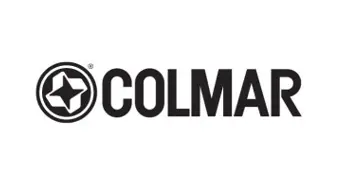
Old Colmar logo
Old Colmar logo 2
- The logo is composed of the text “COLMAR” in a bold, sans-serif font.
- There is no additional emblem or icon accompanying the text.
- The simplicity of the design highlights the brand’s focus on strong, clear branding.
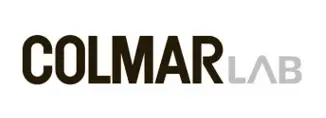
Old Colmar logo
New Colmar logo 1
- The logo incorporates a circular emblem with the text “COLMAR” inside.
- The emblem features a red background with white text, surrounded by a blue outline.
- This design emphasizes a modern and sporty aesthetic, indicative of contemporary Colmar styles.
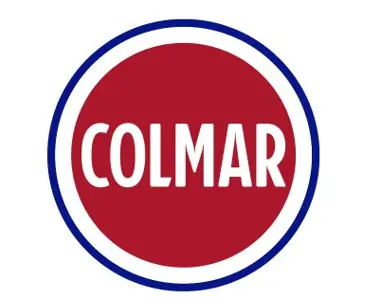
New Colmar logo
New Colmar logo 2
- The logo reads “COLMARLAB” with “LAB” in a lighter shade.
- The font is modern and sleek, with a clear differentiation between “COLMAR” and “LAB.
- This logo represents a newer, experimental line within the Colmar brand, focusing on innovation and advanced materials.

New Colmar logo
How to tell if Colmar is vintage from the tags
The evolution of Colmar tags offers a fascinating glimpse into the brand’s history and design changes over the decades. From bold, colorful designs to more modern and refined tags, each era’s tags reflect the trends and innovations of the time. Here’s how to identify Colmar vintage tags from different decades.
Need help with vintage tags or labels? Submit a picture on our vintage tag identification page, and we’ll assist you!
1980s vintage Colmar tags
- Bright, colorful designs often featuring prominent branding and logos.
- Tags often include the star emblem, with bold lettering and clear size indicators.
- Made in Italy references are common, emphasizing quality and origin.
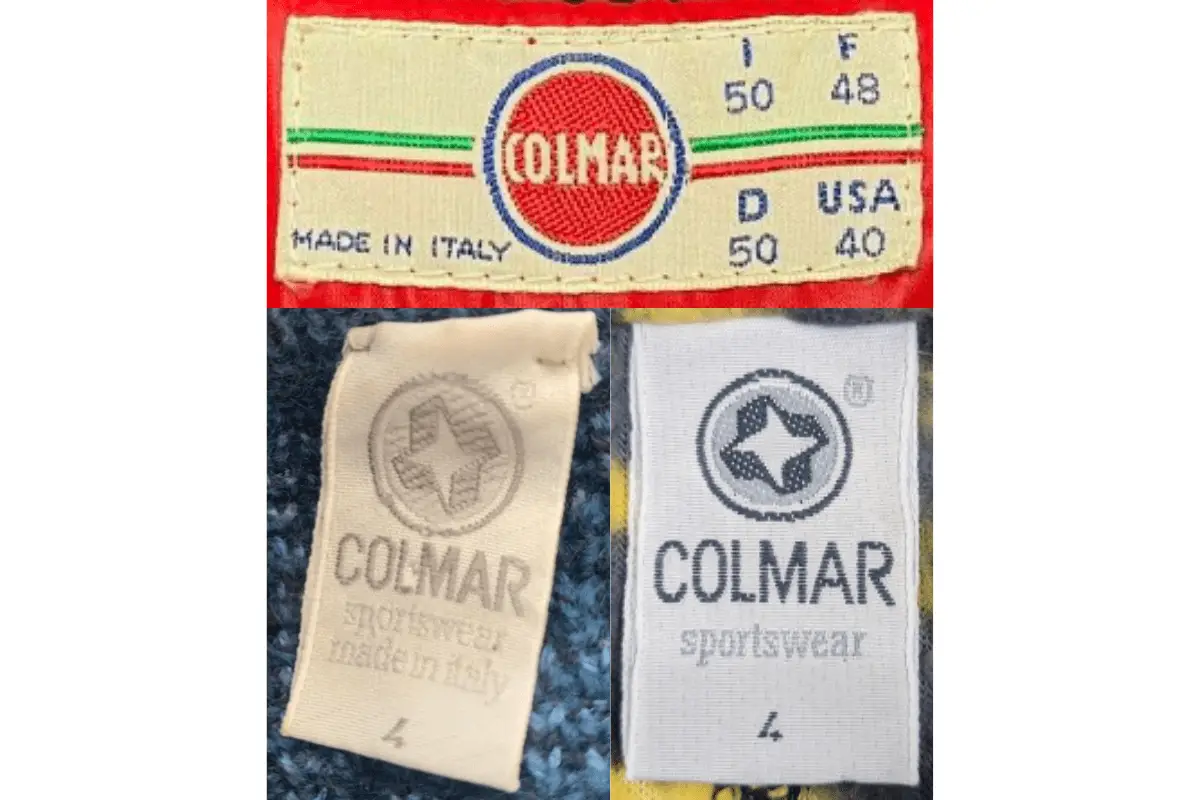
1980s Colmar tags
1990s vintage Colmar tags
- More simplified and streamlined designs compared to the 1980s.
- Use of bold serif lettering, with the Colmar logo prominently displayed.
- Tags often feature additional information about the product, such as materials and care instructions.
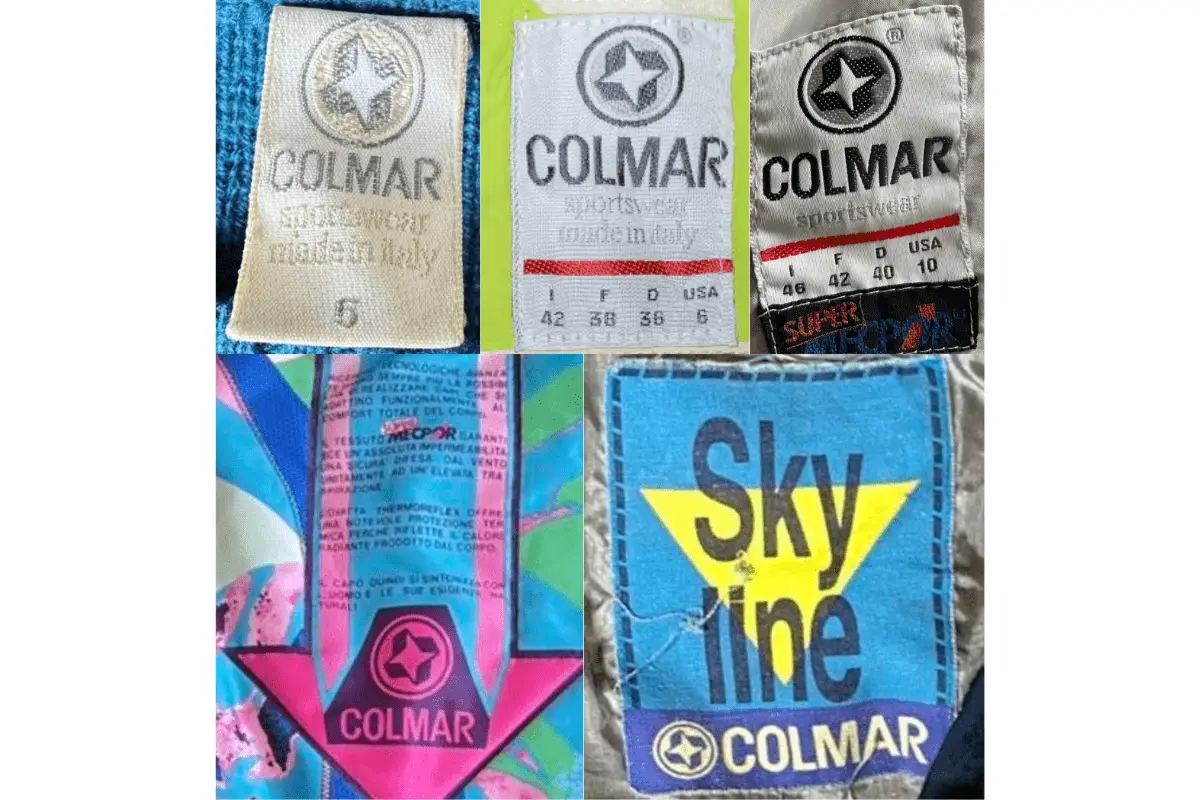
1990s Colmar tags
2000s vintage Colmar tags
- Introduction of more modern, sleek designs with darker colors.
- Tags frequently include the classic Colmar logo with updated fonts and styles.
- Size information is often integrated into the main tag, reflecting a more minimalist approach.
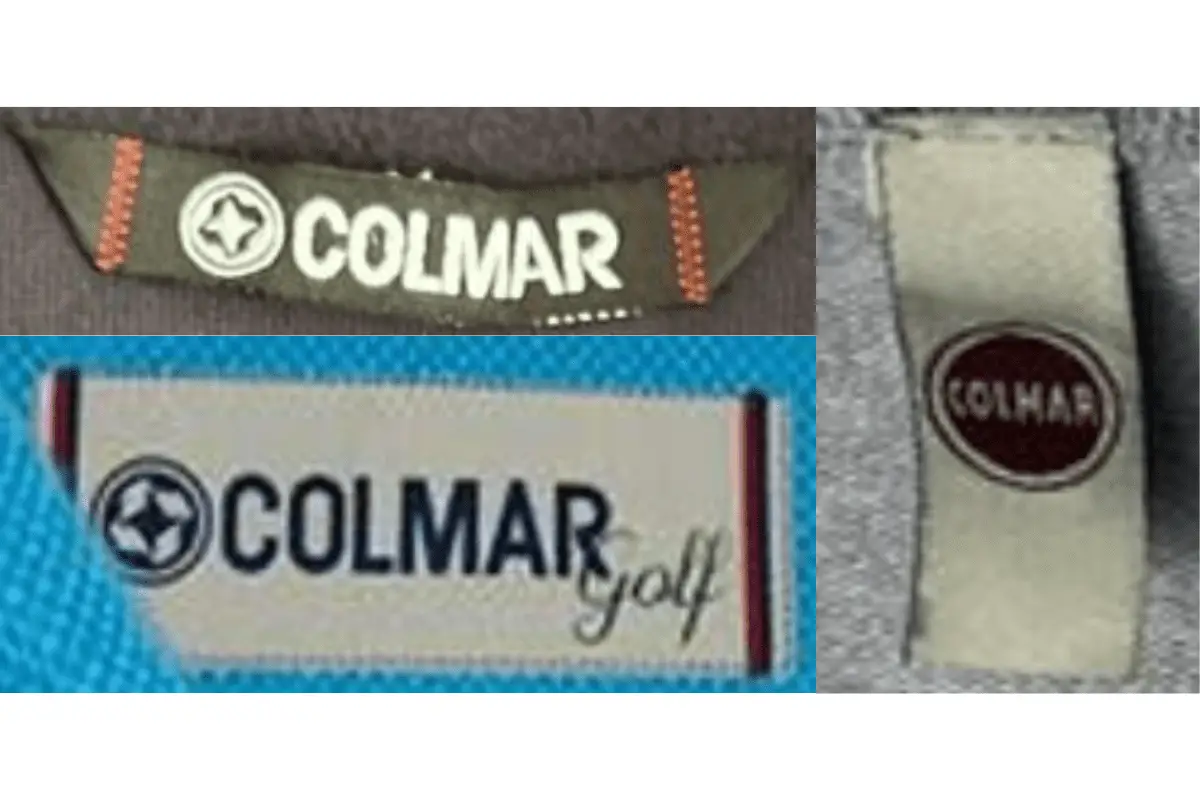
2000s Colmar tags
2010s vintage Colmar tags
- Continued evolution towards modern aesthetics, with a mix of traditional and contemporary elements.
- Variety of tag styles and layouts introduced, using different colors and materials.
- Consistent use of the Colmar logo, maintaining brand identity while exploring new design trends.
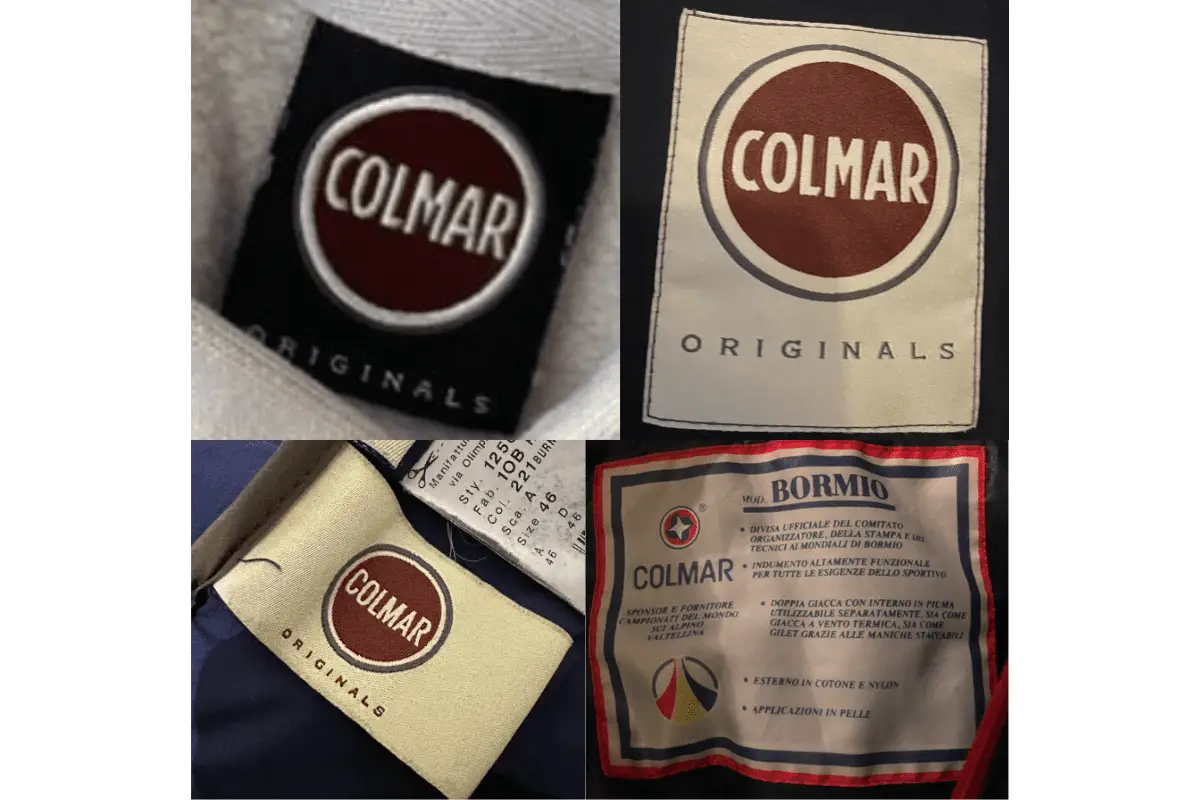
2010s Colmar tags
